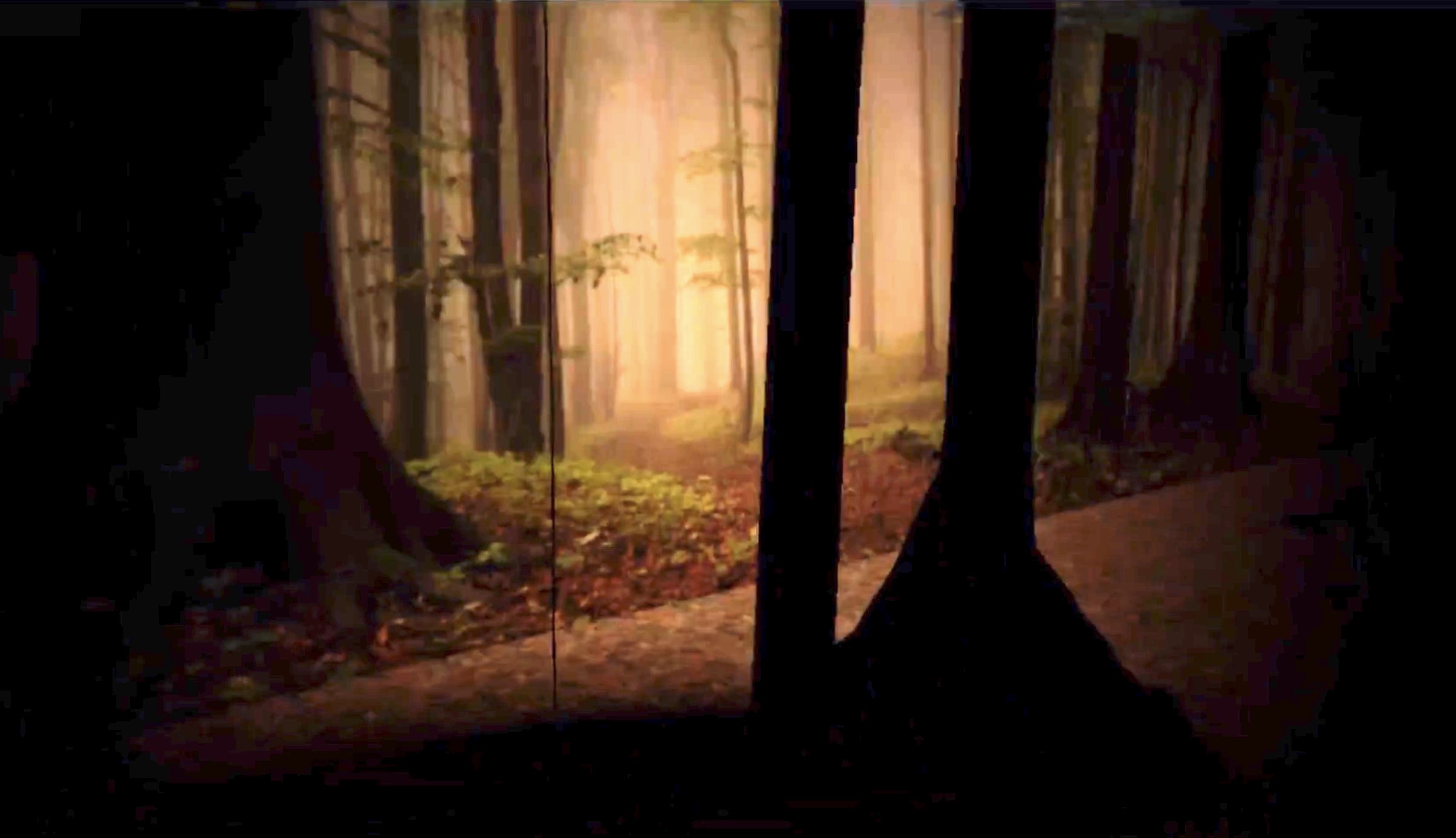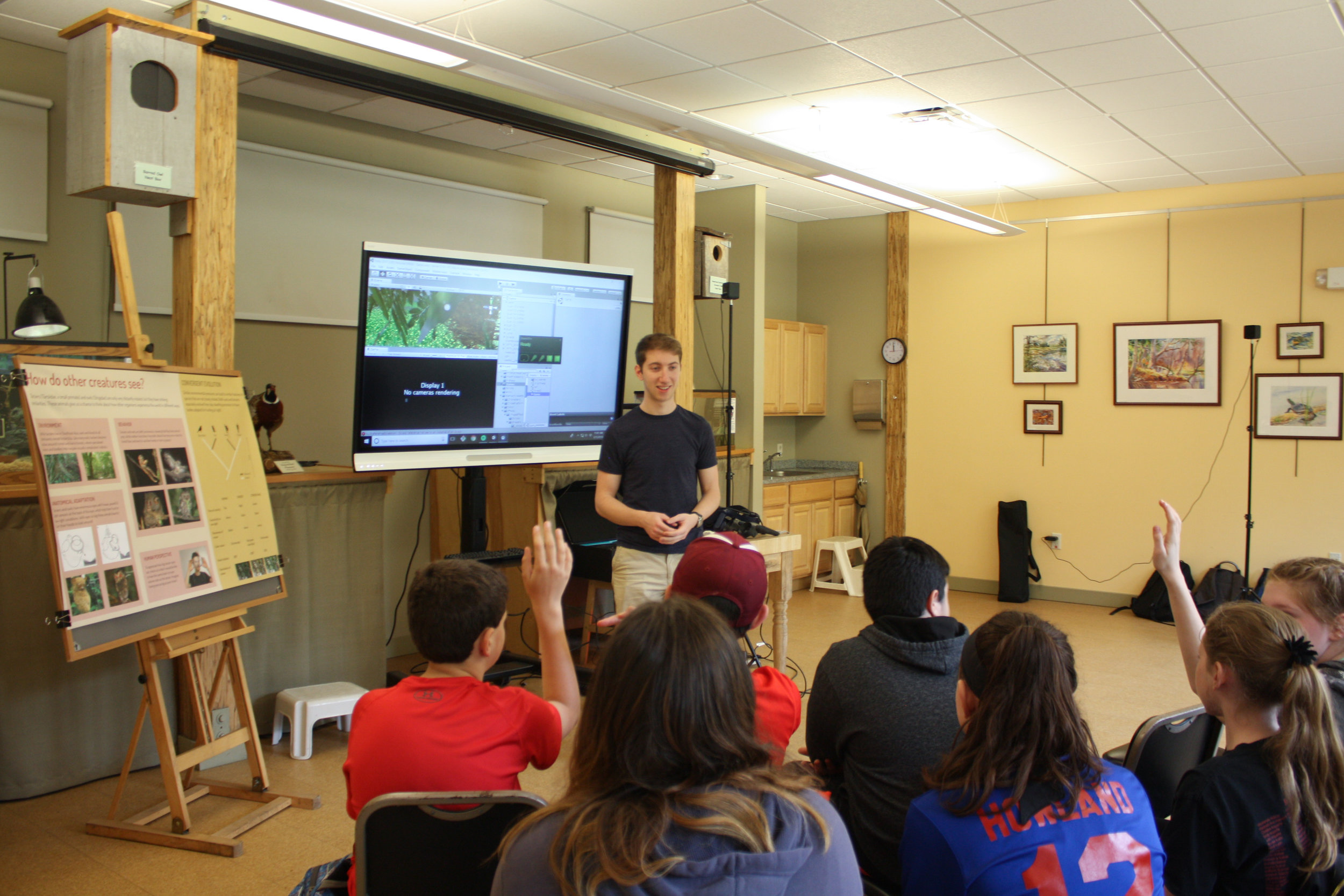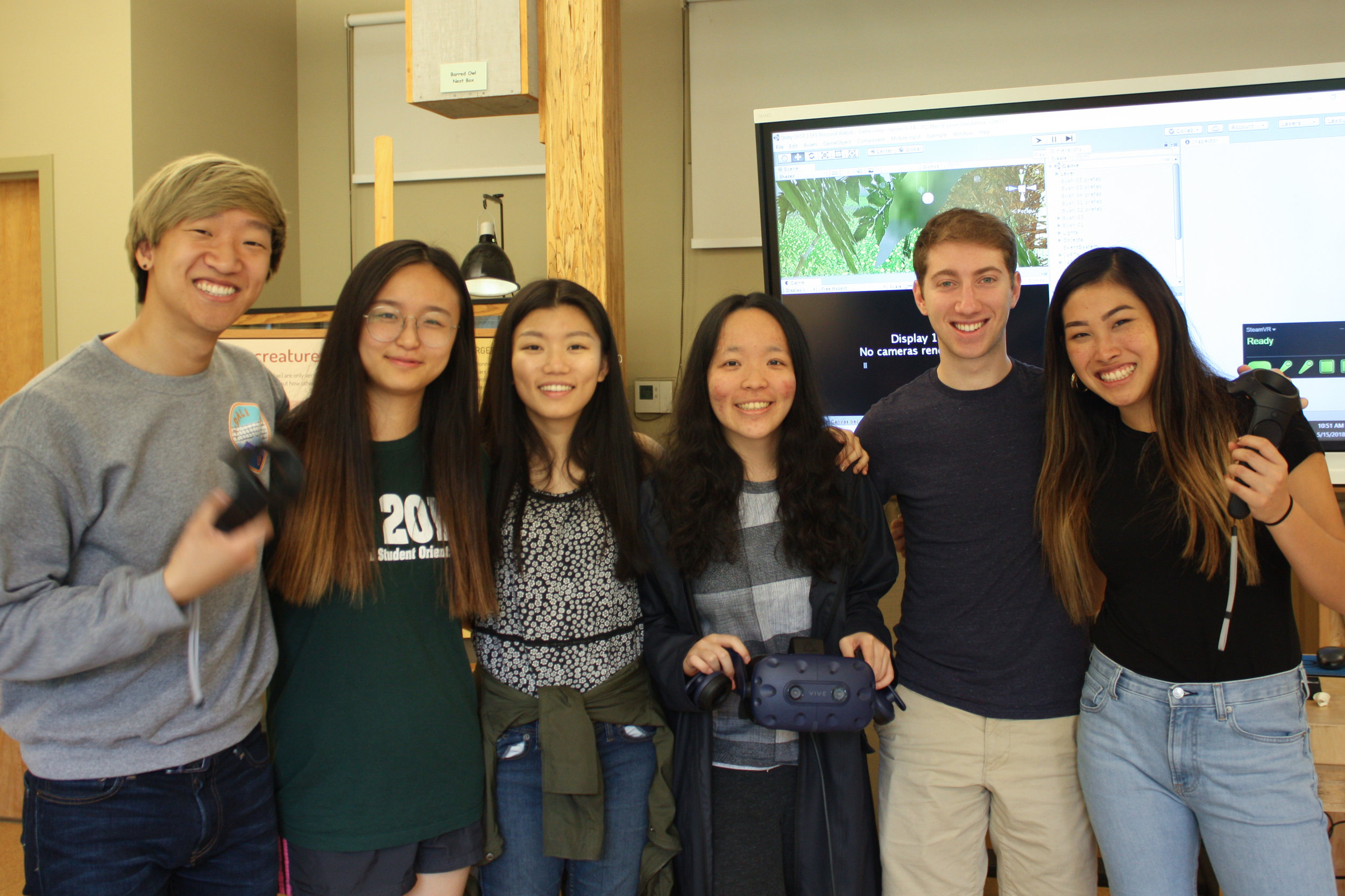
About
Animals perceive the world in fundamentally different ways from our own. We can learn about optics in the classroom setting, but how can we translate the knowledge of how those different traits function into how they affect the personal experience of the world? How might seeing through the eyes of another animal change our understanding of the space we inhabit? Tarsiers are tennis ball-sized nocturnal primates with enormous eyes, both in absolute size and in proportion to the size of the animal. What would it be like to have eyes of that proportion?





